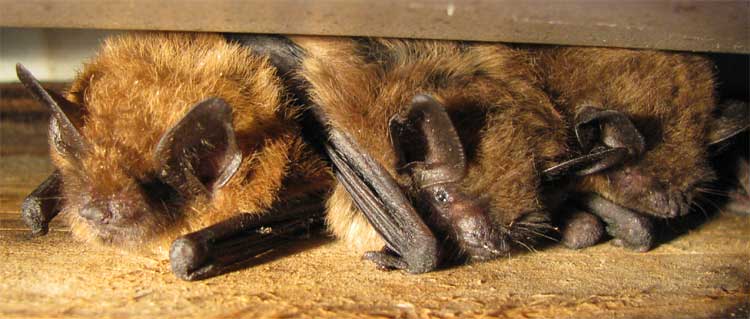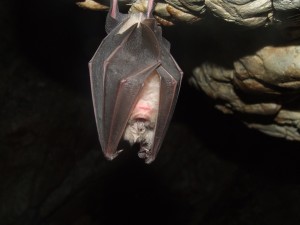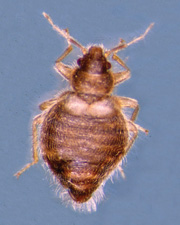In this post, we’ll discuss how to keep animals out of the chimney of your home.
That chimney on your house may look like an inviting home to wild animals. It’s a common nesting place for birds, bats, raccoons and squirrels.
To an animal, a chimney is a nice warm space safe from predators. But these animals bring insects and diseases with them and their droppings can be a difficult issue to deal with.
If you get to the point where you require professional animal removal service, then we can help you with that. But we bet that you would prefer never having the situation get to that point.
For professional removal of animals from your chimney in Chicagoland, call (847) 464-1861
Install a chimney cap
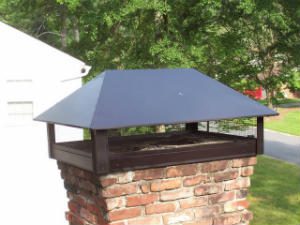 A chimney cap is the best way to prevent wildlife from moving into your chimney.
A chimney cap is the best way to prevent wildlife from moving into your chimney.
It’s an affordable solution that can prevent the problem for decades. If you don’t mind working on your roof, then it’s possible that you can even install it on your own if you want.
A chimney cap can be purchased at your local home improvement store for as little as $50. High-end models may cost several hundreds of dollars. There are many sizes and styles to choose from, from stainless steel to chimney caps made of copper.
Related: Chimneys are common animal entry points
How to install a chimney cap
Tools you will need:
- Measuring tape
- Ladder
- Chimney cap
- Screwdriver and/or wrench
- Caulk for chimney flues made of tile or brick
How to choose a chimney cap
The screen height of the chimney cap you choose must be sufficient to allow your chimney to draft properly. It is recommended that your cap should be about six inches higher than the chimney flue.
Stainless steel is usually the best value for your money. You may choose a different cap though which better suits the look and architectural style of your home.
Whatever style you choose, installing a chimney cap will provide you a reliable solution for keeping wildlife out of your chimney and could save you hundreds of dollars in animal removal, dead animal removal and repairs of your home.
For professional removal of animals from your chimney in Chicagoland, call (847) 464-1861




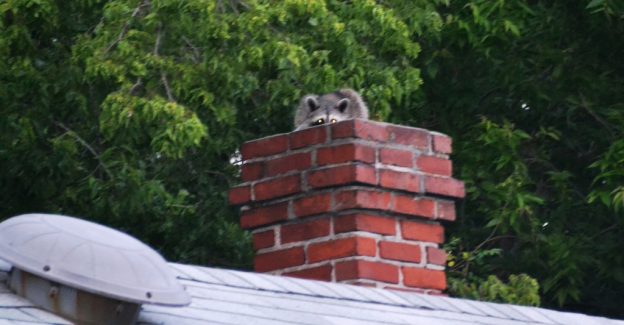

 If you are hearing animal sounds in your attic at night, it is most commonly a raccoon because they are nocturnal animals and thus most active at night.
If you are hearing animal sounds in your attic at night, it is most commonly a raccoon because they are nocturnal animals and thus most active at night.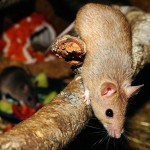 Being the smallest animal, mice will be much harder to hear. The saying “quiet as a mouse” exists for a reason. But it is possible you may hear them moving around at night. It might sound like a light scratching or chewing sound.
Being the smallest animal, mice will be much harder to hear. The saying “quiet as a mouse” exists for a reason. But it is possible you may hear them moving around at night. It might sound like a light scratching or chewing sound.
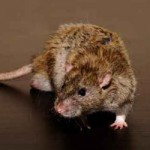 These small mammals may all be removed with no permit needed.
These small mammals may all be removed with no permit needed. The eastern chipmunk and the thirteen-lined ground squirrels may be removed without a permit.
The eastern chipmunk and the thirteen-lined ground squirrels may be removed without a permit.
 The Illinois Department of Natural Resources (IDNR) recommends hiring a professional wildlife removal service to capture and remove squirrels. If you want to remove a squirrel yourself, contact an IDNR District Wildlife Biologist to see if you qualify for a Nuisance Animal Removal Permit.
The Illinois Department of Natural Resources (IDNR) recommends hiring a professional wildlife removal service to capture and remove squirrels. If you want to remove a squirrel yourself, contact an IDNR District Wildlife Biologist to see if you qualify for a Nuisance Animal Removal Permit. The Illinois Department of Natural Resources (IDNR) recommends hiring a professional wildlife removal service to capture and remove rabbits. If you want to remove a rabbit yourself, contact an IDNR District Wildlife Biologist to see if you qualify for a Nuisance Animal Removal Permit.
The Illinois Department of Natural Resources (IDNR) recommends hiring a professional wildlife removal service to capture and remove rabbits. If you want to remove a rabbit yourself, contact an IDNR District Wildlife Biologist to see if you qualify for a Nuisance Animal Removal Permit.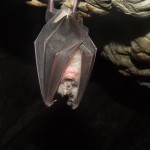 The (IDNR) recommends hiring a professional
The (IDNR) recommends hiring a professional 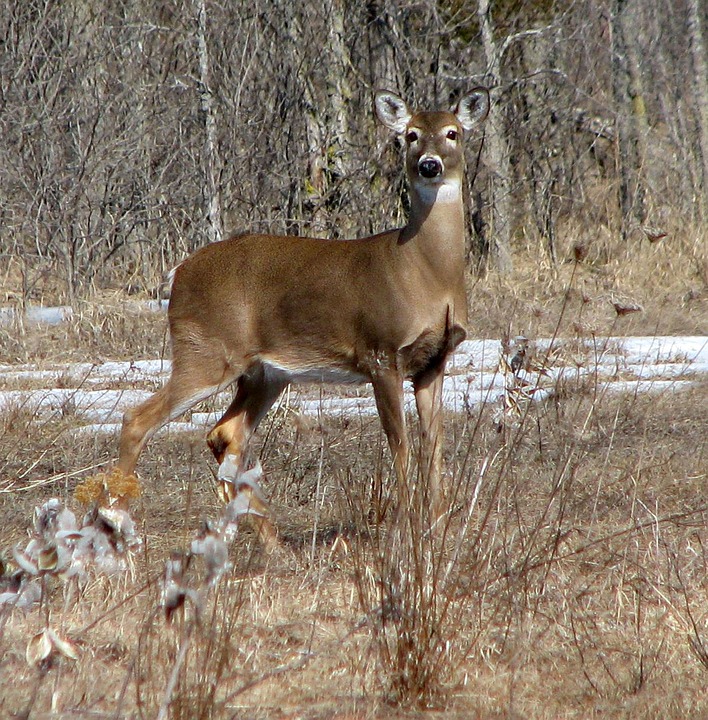 White-tailed deer are protected under the Illinois Wildlife Code as a game species. It is illegal to take live deer from the wild unless you have received a
White-tailed deer are protected under the Illinois Wildlife Code as a game species. It is illegal to take live deer from the wild unless you have received a 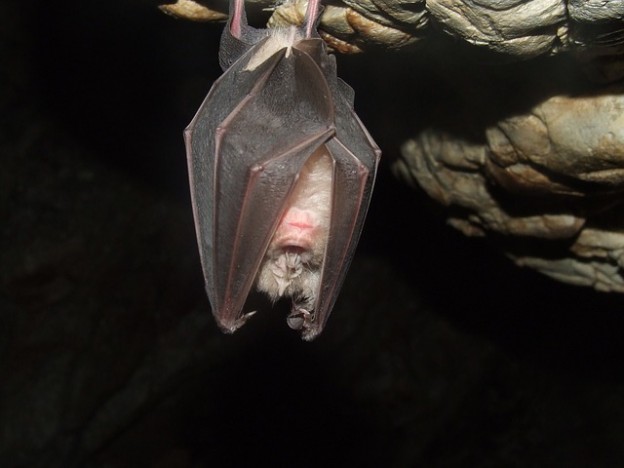
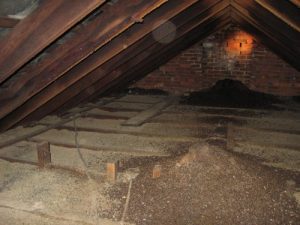
 Possible symptoms include fever, dry cough, chest pain, joint pain, red bumps on your lower legs. In severe cases, symptoms may include: excessive sweating, shortness of breath, coughing up blood.
Possible symptoms include fever, dry cough, chest pain, joint pain, red bumps on your lower legs. In severe cases, symptoms may include: excessive sweating, shortness of breath, coughing up blood.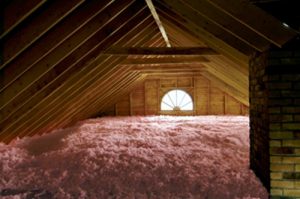
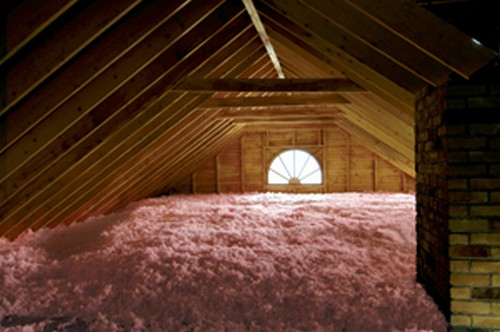
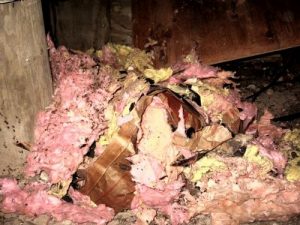 It’s extremely important to make sure all these issues are taken care of. They are not something that you would want to attempt on your own because you risk becoming infected by some diseases.
It’s extremely important to make sure all these issues are taken care of. They are not something that you would want to attempt on your own because you risk becoming infected by some diseases.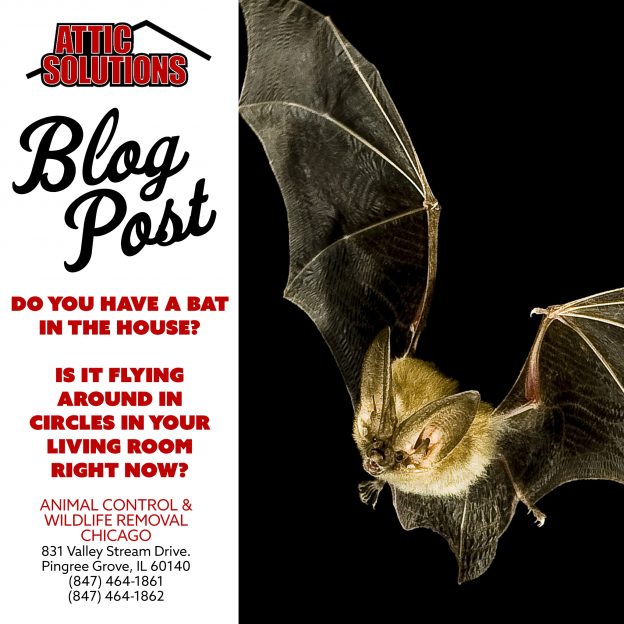
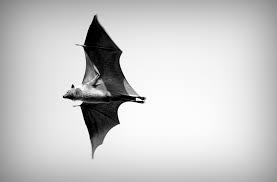 If the bat can be isolated in a single room, that’s ideal. Start by closing interior doors to that room so the bat won’t escape to another part of your home where it may be even harder for him to escape or you to capture.
If the bat can be isolated in a single room, that’s ideal. Start by closing interior doors to that room so the bat won’t escape to another part of your home where it may be even harder for him to escape or you to capture.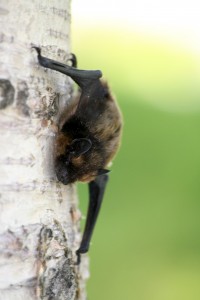 If the bat takes a moment to land, you may be able to safely capture it with a butterfly net (if you have one). Catching the bad mid-flight can be very challenging.
If the bat takes a moment to land, you may be able to safely capture it with a butterfly net (if you have one). Catching the bad mid-flight can be very challenging.